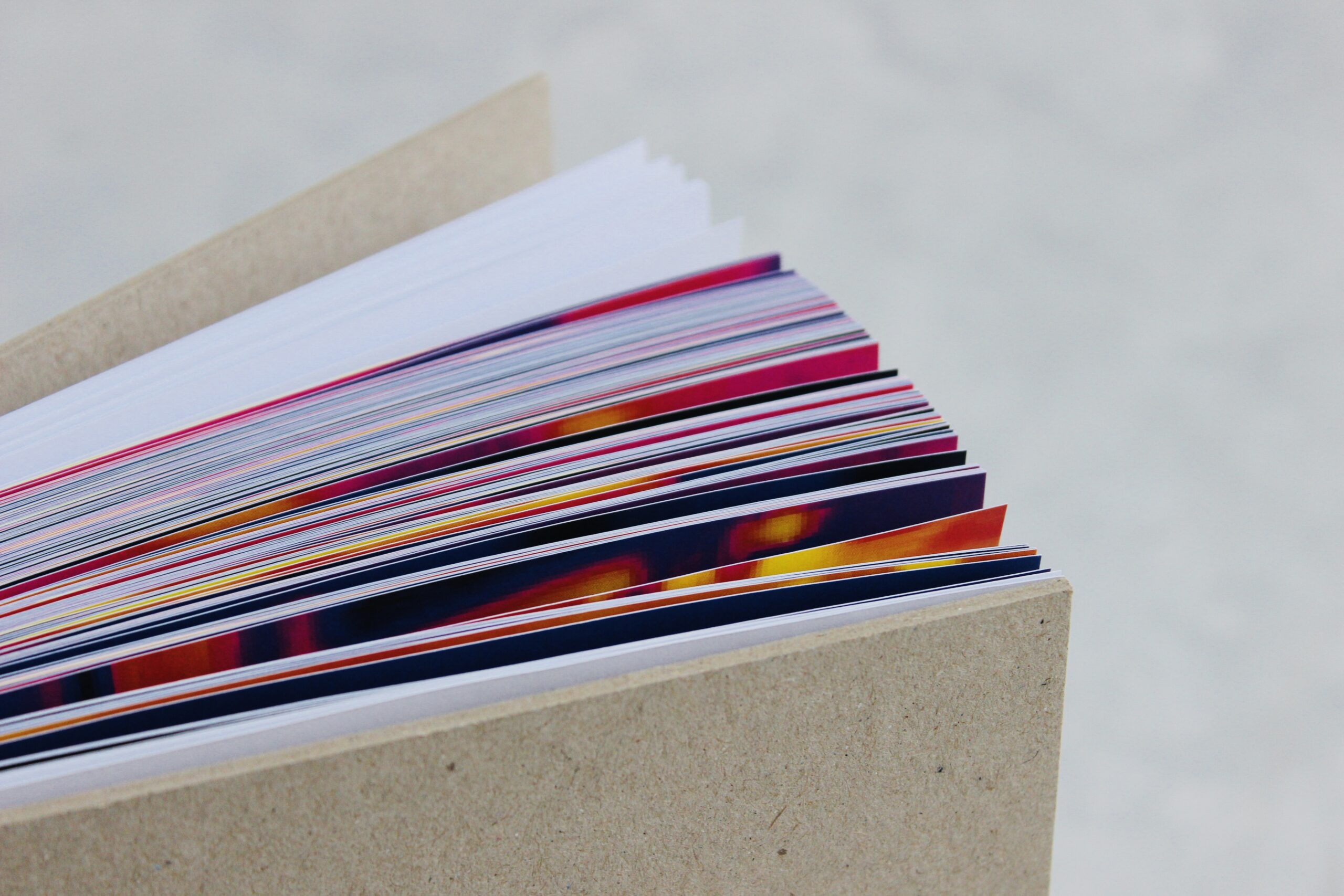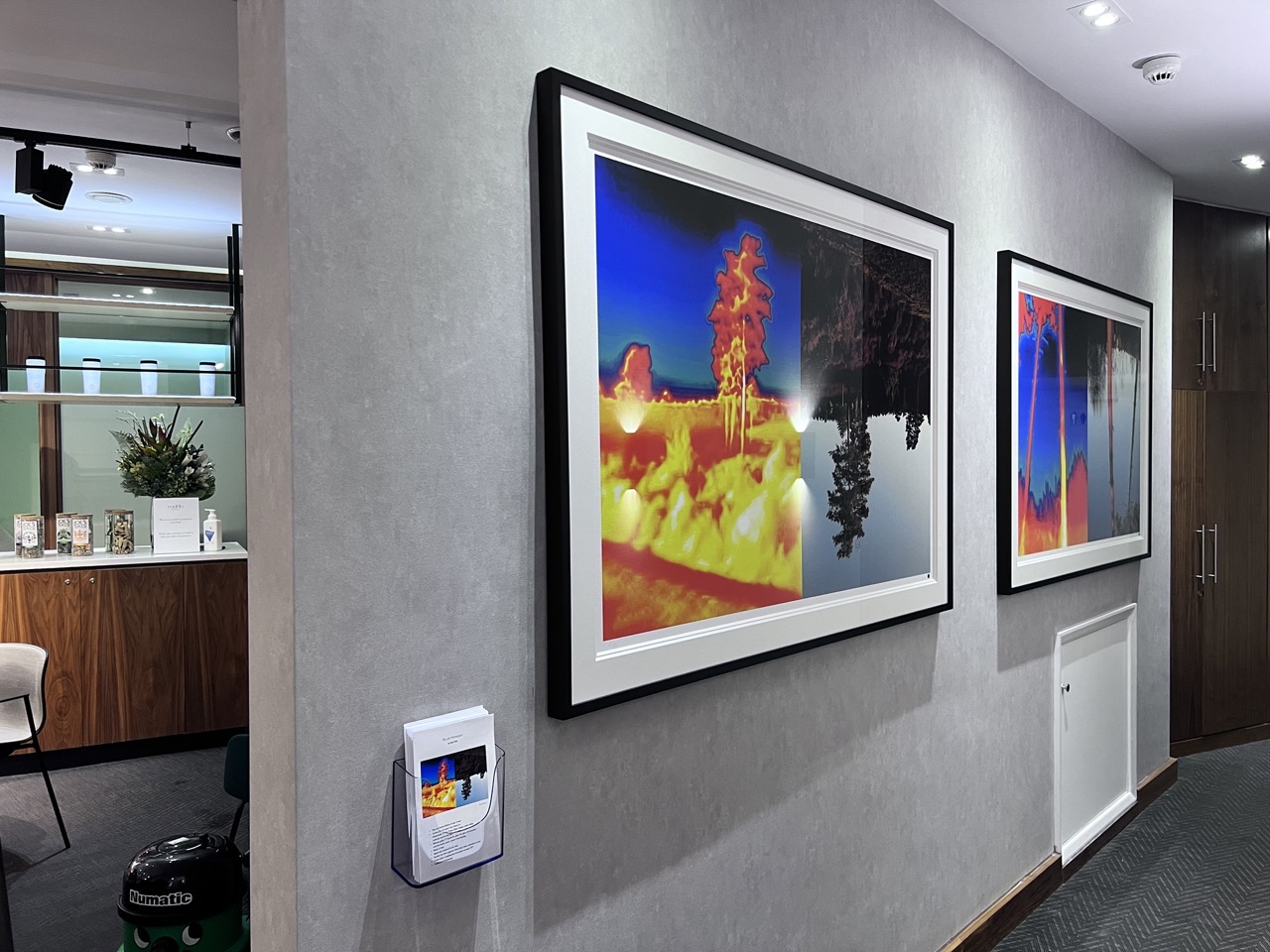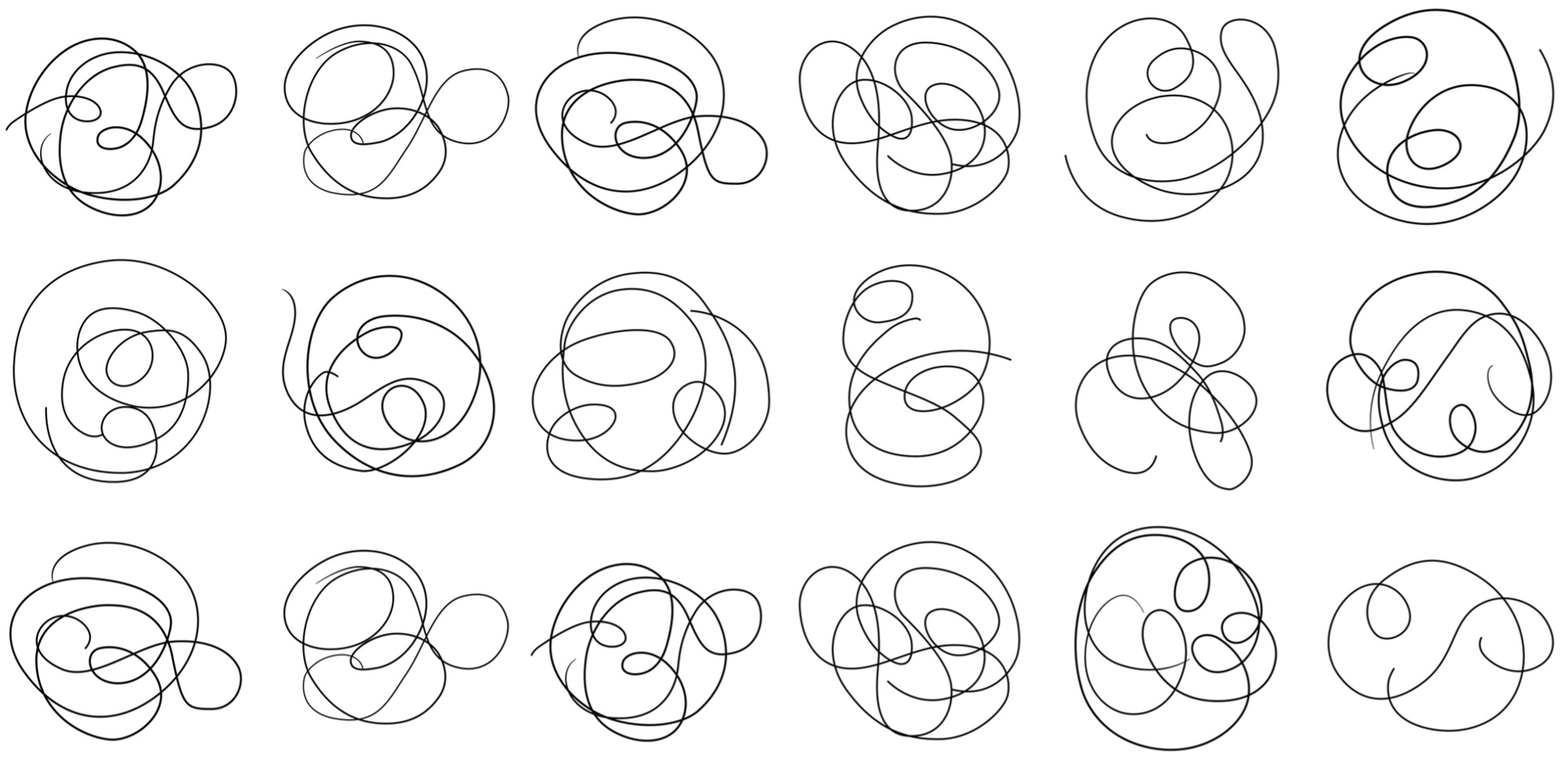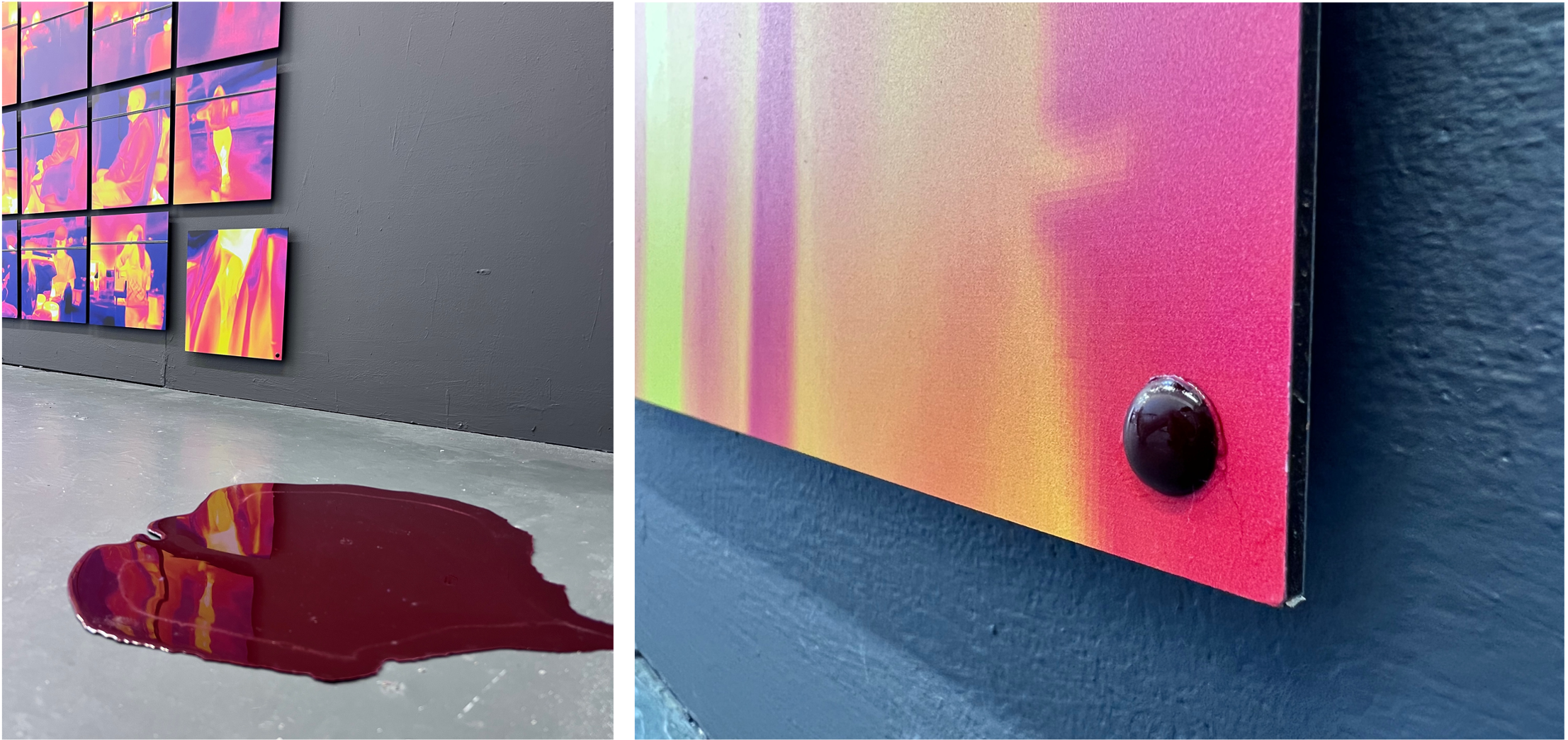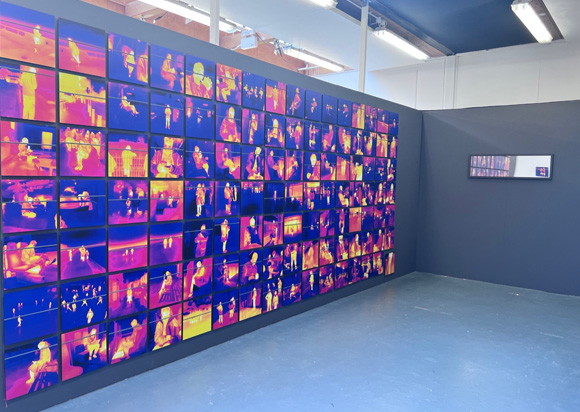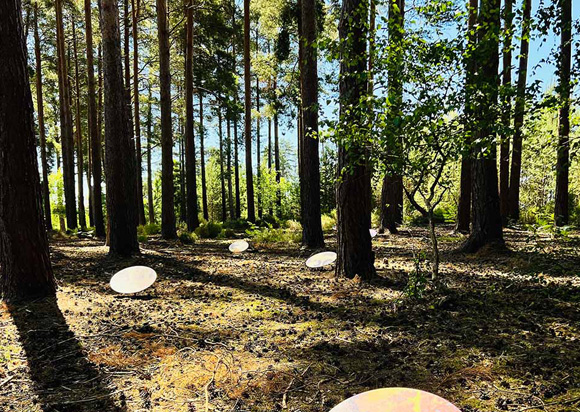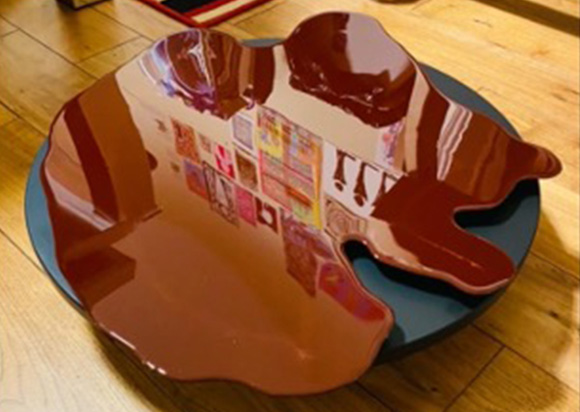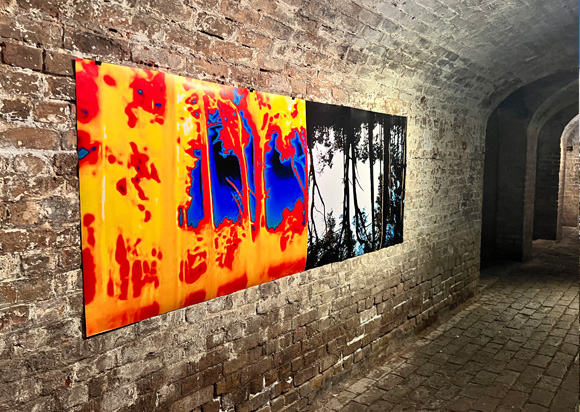
Stef Will
• 10 August 2022
The algorithmic gaze in relation to power and control
“The manifest discourse, therefore, is really no more than the repressive presence of what it does not say; and this ‘not-said’ is a hollow that undermines from within all that is said.” Foucault
I am really interested in exploring the algorithmic gaze in relation to power and control with my work. This is something I have become even more interested in during the past couple of years (surprise, surprise…). To approach this topic, I often appropriate surveillance techniques used by the powers-that-be, to systematically watch the other, while connecting contemporary embodied experience to historic context, such as in the (on-going) diptych series ‘Small Voids’ (below), where derelict Nazi and French watch towers in the English Channel Islands are investigated using, far-infrared, thermal surveillance technology.
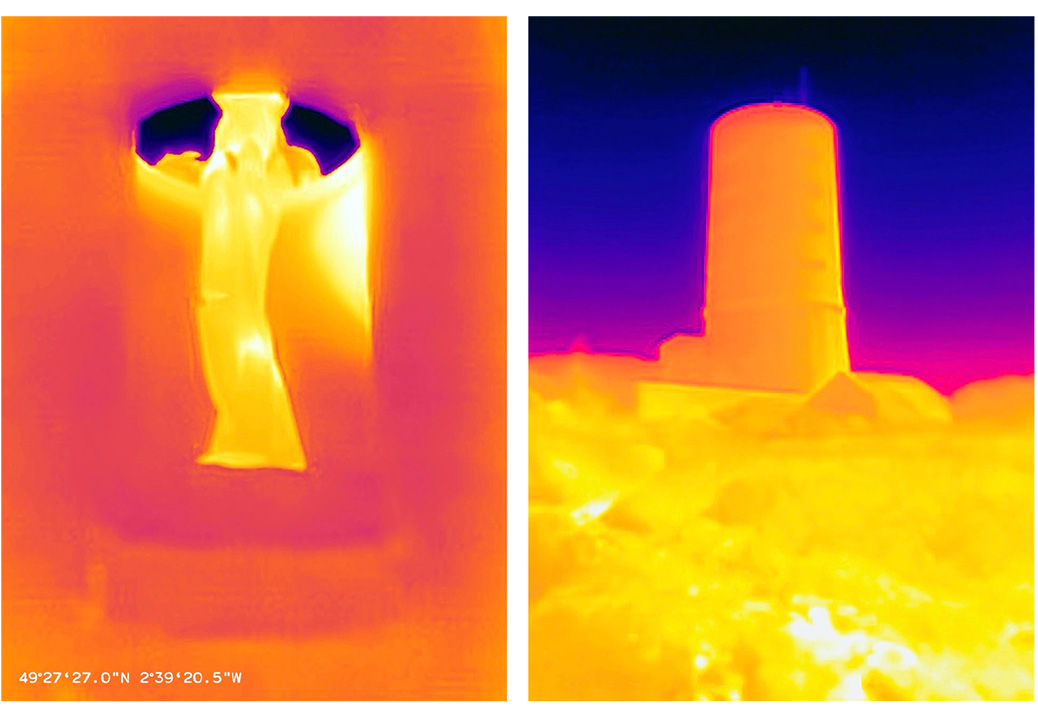
Far-infrared photography, as a quasi-clinical imaging technique, is of relevance for me, as it not only facilitates visualisation of invisible facets of the self, the other and the landscape, but also alludes to the now all-pervading mass surveillance. British people have for many years been amongst the most surveilled (‘sur’: French for fromabove; ‘veiller’: to watch) citizens in the world, as the UK has more surveillance cameras and facials recognition systems per capita than most other Western states. We are continuously being tracked and traced, watched and monitored, observed and analysed, not only by the authorities, but also our personal devices, social media platforms and big corporations – sleepwalking towards a hypercontrolled society of technocratic totalitarianism.
That’s why the Final Major Project of my MA Fine Art I decided to look very closely at surveillance, in particular ‘peerveillance’. A hallmark of totalitarian societies, ‘peerveillance’ (a term coined by … yours truly) asks people to assist the state’s vertical control system by surveilling and informing on their peers, as evident by for example the police’s appeal to report people who breach covid ‘rules’ to the authorities. Peerveillance also happens to be a method that former East-Germany’s STASI (the ‘Ministry for State Security’) rendered to perfection, turning ordinary citizens into an omnipresent network of informants for the state, but that’s a story for another day.
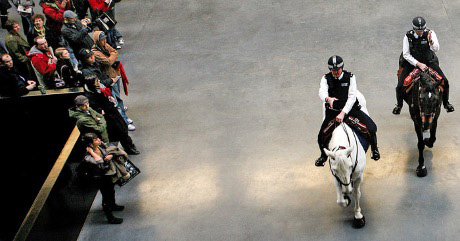 My work follows in the footsteps of other activism artists looking at state control, such as Tania Bruguera and her ‘Tatlin’s Whispers’ (as you can see here performed in Tate’s Turbine Hall in 2008), where Bruguera creates an experience of silent control for the viewer – as a means of both experiencing and resisting vertical power structures. So, she, too, comments on state control by exploiting the very same strategies used by those authorities.
My work follows in the footsteps of other activism artists looking at state control, such as Tania Bruguera and her ‘Tatlin’s Whispers’ (as you can see here performed in Tate’s Turbine Hall in 2008), where Bruguera creates an experience of silent control for the viewer – as a means of both experiencing and resisting vertical power structures. So, she, too, comments on state control by exploiting the very same strategies used by those authorities.
I will write more about my project on peerveillance in my next post, for now – #think!
